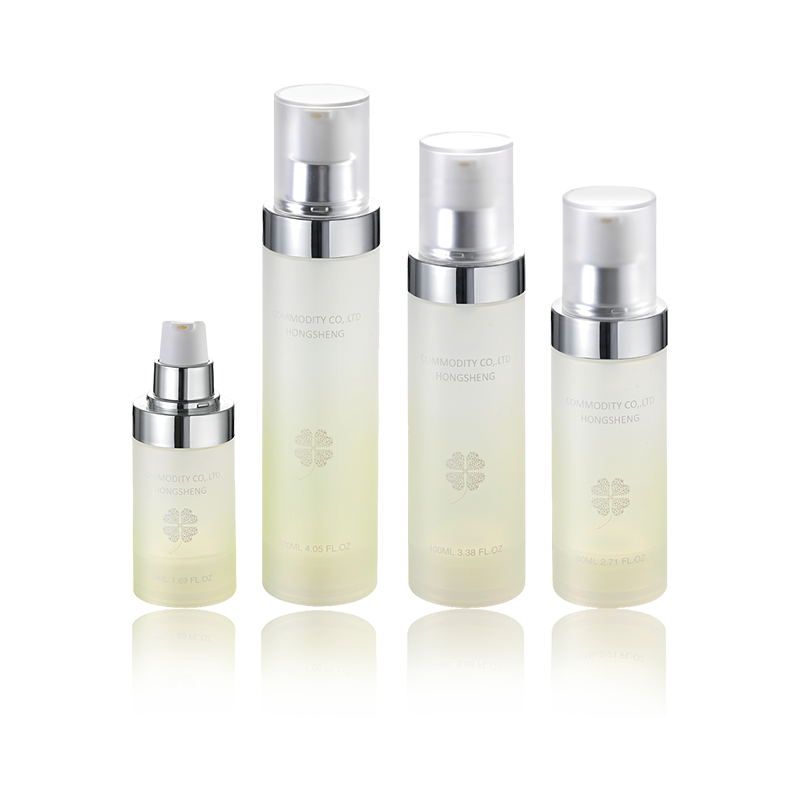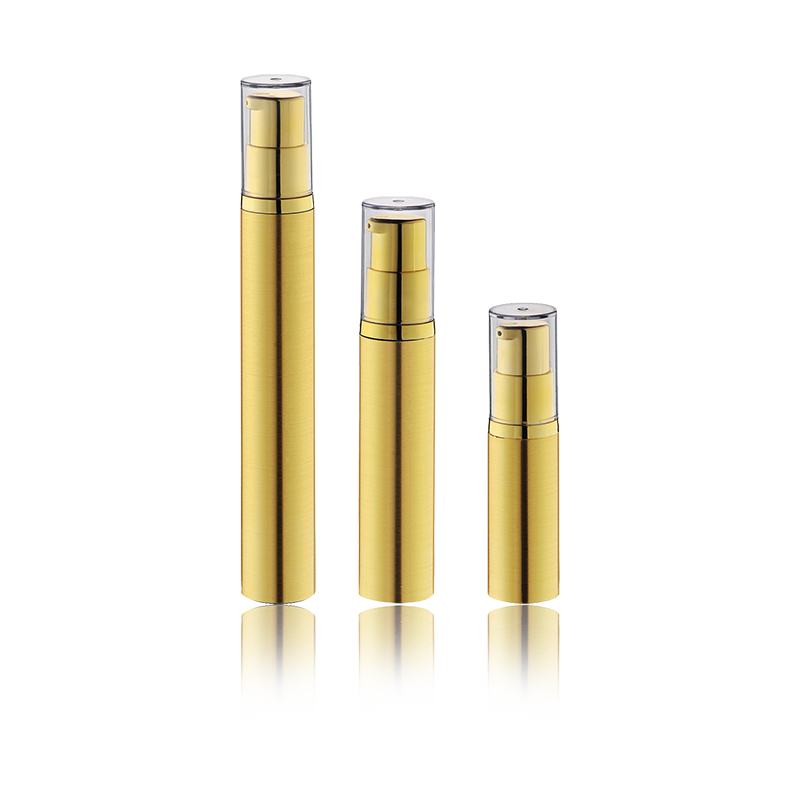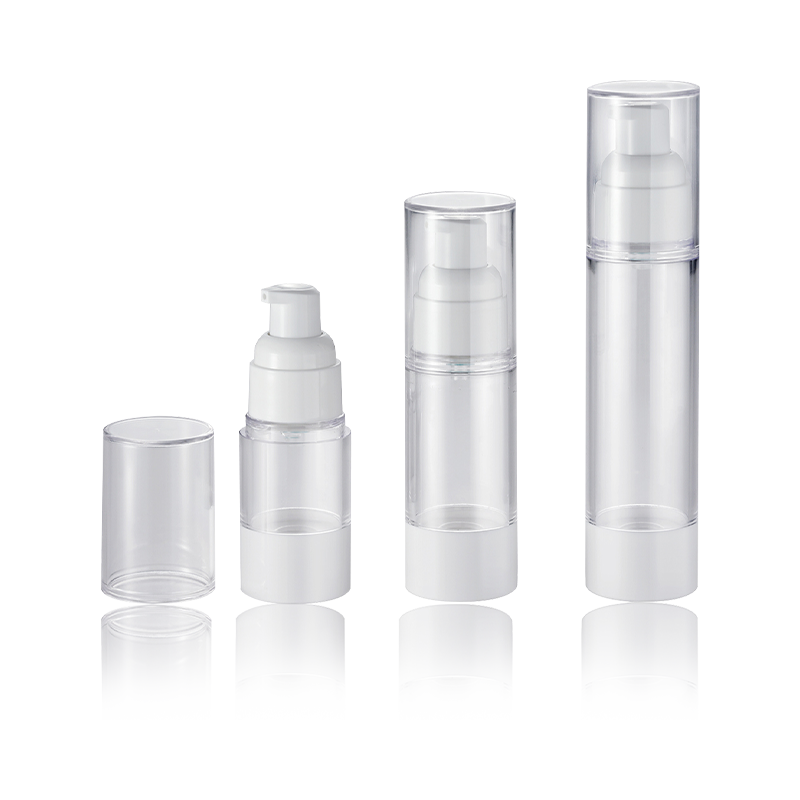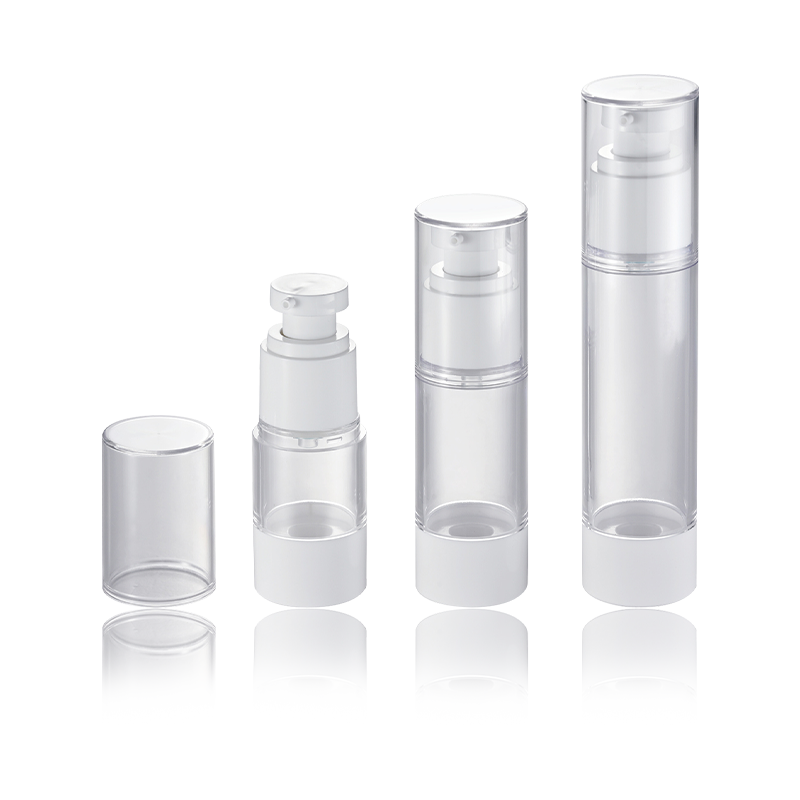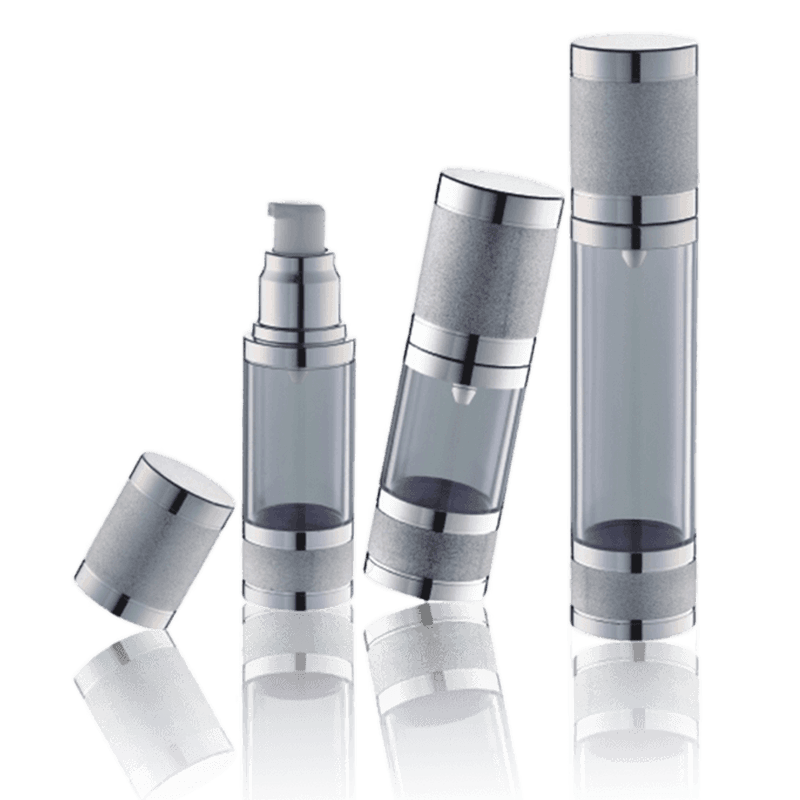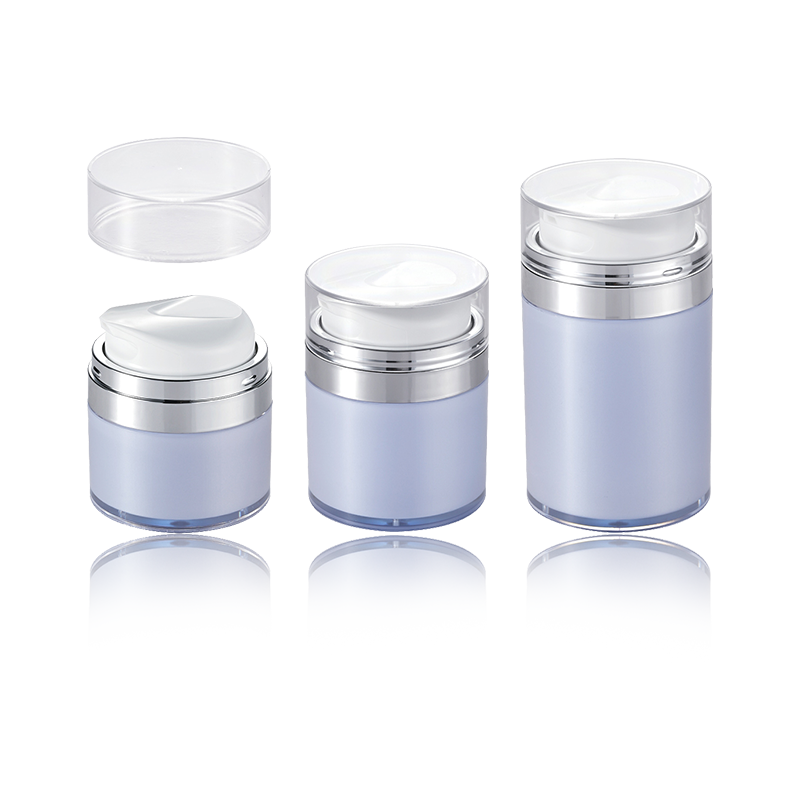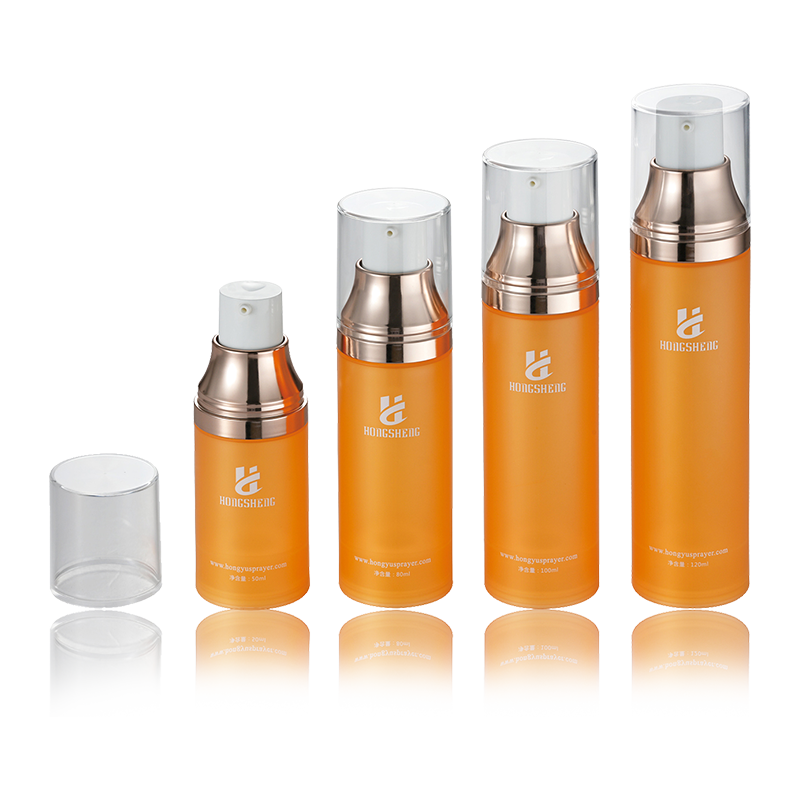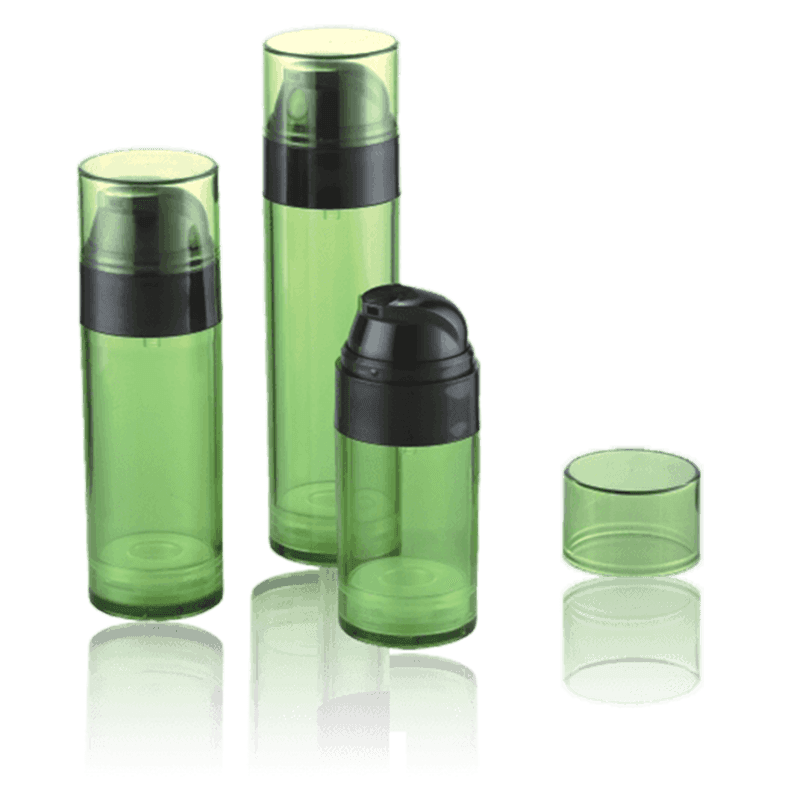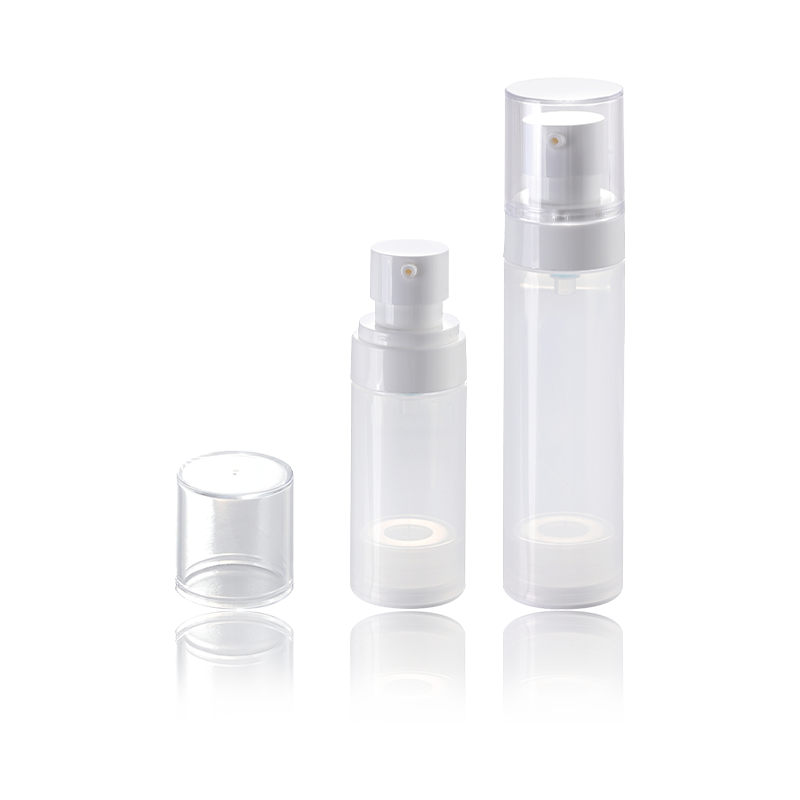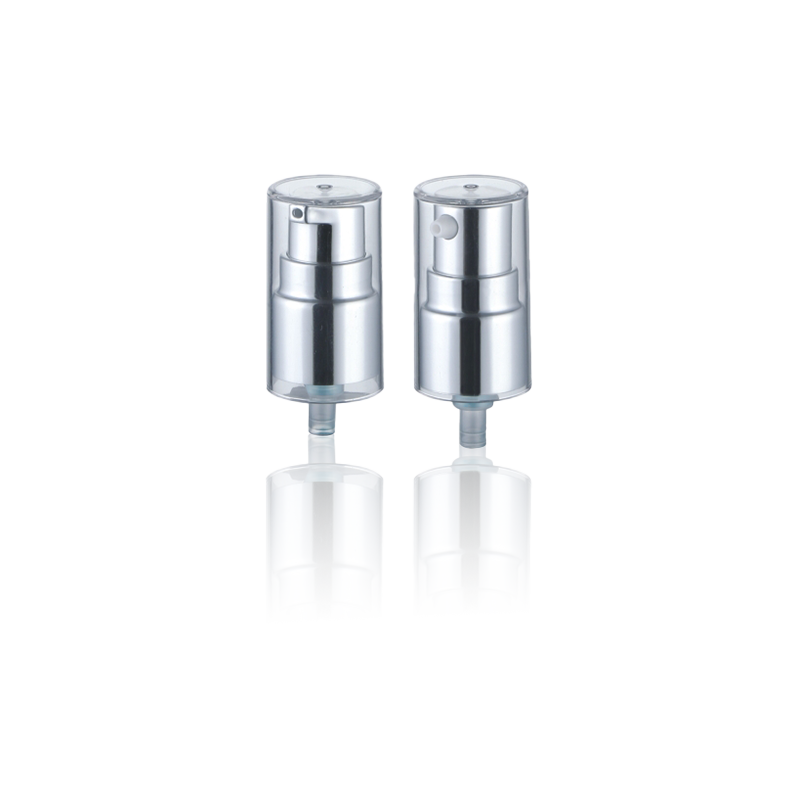| Item No | Capacity | Diameter(∅) | Height |
| HS-017B-50ML | 50ML | 41.5mm | 120mm |
| HS-017B-80ML | 80ML | 41.5mm | 147mm |
| HS-017B-100ML | 100ML | 41.5mm | 164mm |
| HS-017B-120ML | 120ML | 41.5mm | 183mm |
-
In daily skincare routines, cosmetic cream pumps have become indispensable tools, while leak-proof performance and product-saving capabilities are core concerns for consumers. With the continuous innovation of packaging technology, various leak-proof pump designs have emerged, bu......
READ MORE -
I、Sustainable trend prevails: How does PETG respond to global environmental demands? In the context of the cosmetics industry's pursuit of green transformation, sustainable packaging has become a key factor affecting consumer purchasing decisions. Data shows that the global PETG ......
READ MORE -
Which Cosmetic Push-Pull Caps Offer Stronger Sealing? Key Tips for Leak-Proof & Convenient Selection
As a frequently used packaging accessory for cosmetics, the sealing performance of push-pull caps directly affects product shelf life and user experience. To choose leak-proof and easy-to-use options, comprehensive considerations from structural design and material selection to s......
READ MORE -
When it comes to sensitive skincare products, the choice of packaging is as crucial as the formula itself. Leakage can lead to product waste and contamination, while incompatible materials may trigger skin irritation or degrade active ingredients. Navigating the selection process......
READ MORE
50ML-120ML Airless Bottle Travel Bottles Lotion Dispenser HS-017B is a packaging container that uses the principle of air pressure difference to achieve content access. It can effectively isolate the air, prevent oxidation and pollution, and is suitable for skin care products such as lotions and essences.
1. Core technical principles and structural design
Vacuum mechanism:
Air pressure drive principle: The low pressure in the bottle is formed through the one-way seal of the pump group, and the bottom piston is pushed up by atmospheric pressure to discharge the contents upward. The friction between the piston and the bottle wall needs to be precisely controlled-too tight will cause difficulty in pressing, and too loose will cause leakage.
Anti-pollution advantages: Completely isolate air contact, reduce oxidation and deterioration and microbial growth, reduce the need for preservatives, and extend the shelf life of the product.
Precise quantitative control:
After the pump group diameter stroke and elastic force parameters are fixed, the error of each press can be controlled within ±0.05ml, which is suitable for products that require precise dosage such as essence lotions.
Typical structural components:
Core components: outer cover pump group (including spring/valve), large piston bottom support of bottle body (with air vent at the bottom).
Classification:
Structural type: ordinary single bottle, composite double bottle.
Appearance design: cylindrical, square oval, with a capacity of 50ml-120ml.
2.Material and manufacturing process points
Mainstream material application
Plastic dominance: taking into account both lightweight and chemical stability.
Process barriers
Injection molding accuracy: The gap between the piston and the bottle body needs to be controlled at the micron level, relying on professional molds.
Filling requirements: Special low-speed vacuum filling machine to extract air, tilting or high-speed filling can easily cause displacement and leakage of the inner plug.
3.Market positioning and industry trends
Core application scenarios:
Applicable categories: essence, lotion, low-viscosity cream (must be fluid and particle-free).
Vacuum bottles have become the mainstream packaging for mid-to-high-end skin care products due to their sealing and user experience.


 English
English 中文简体
中文简体